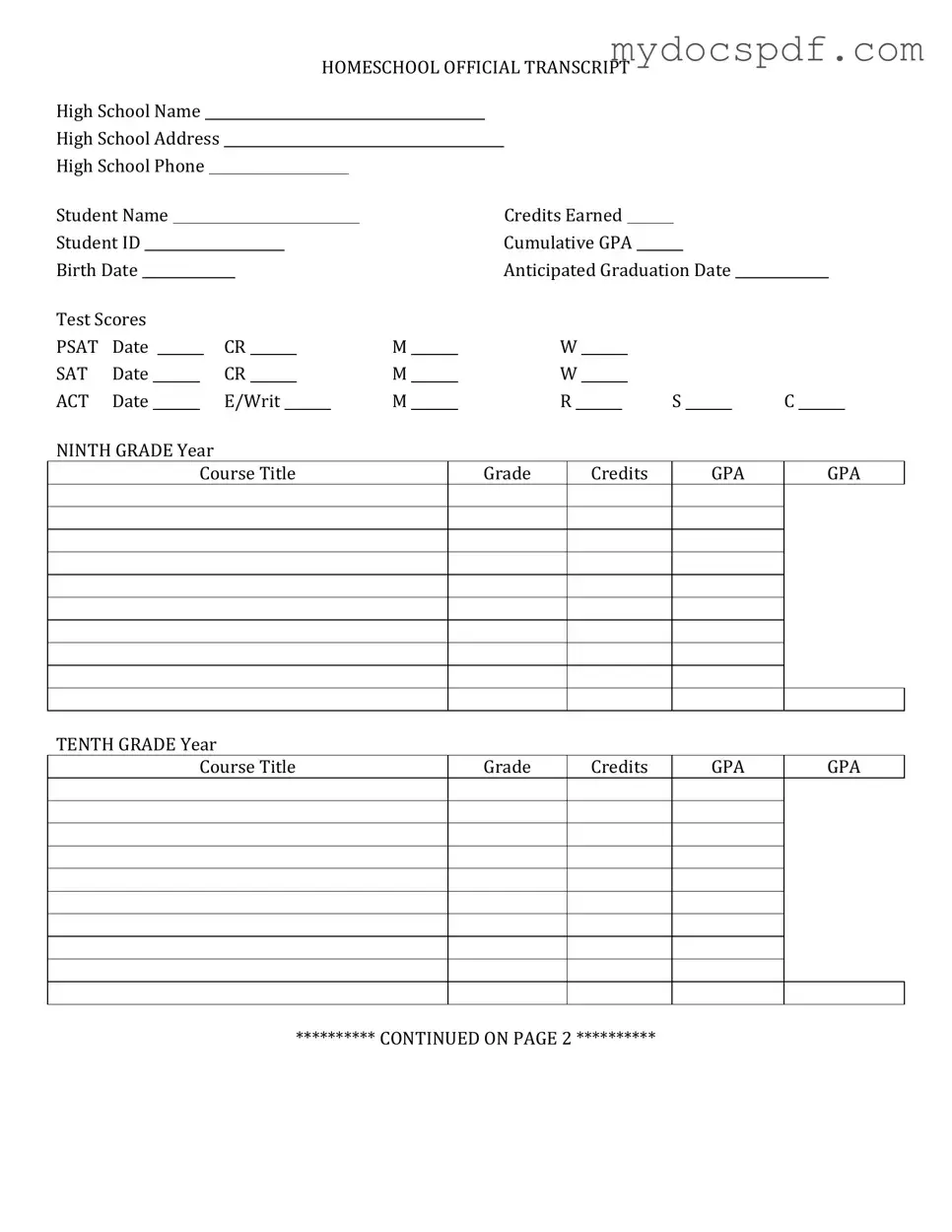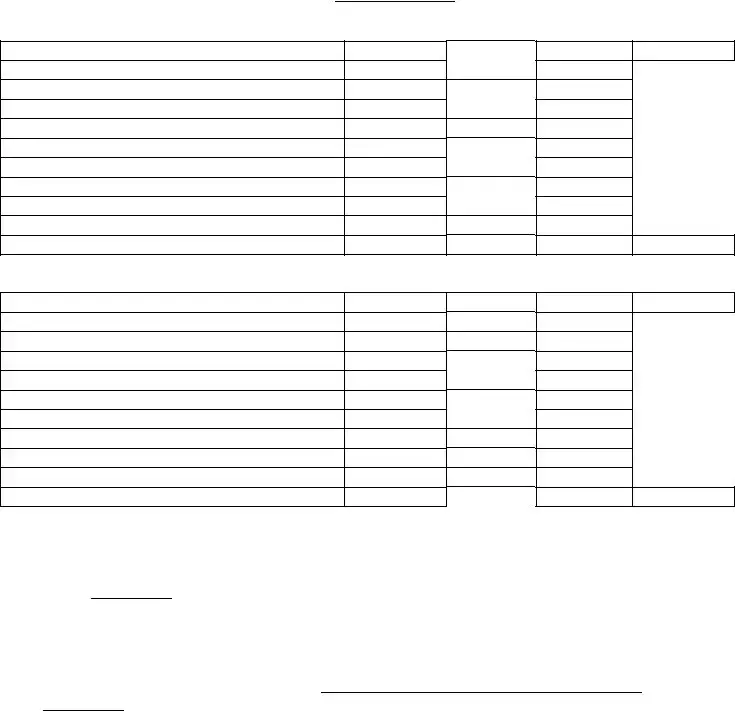Get High School Transcript Form in PDF
The High School Transcript form is an official document that provides a comprehensive record of a student's academic performance during their high school years. It typically includes courses taken, grades received, and graduation status. This form plays a crucial role in college admissions and job applications, as it reflects a student's educational achievements.
Access Editor Here


